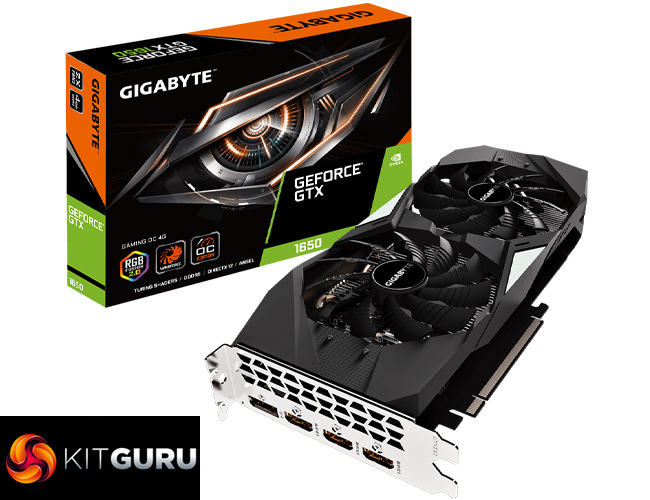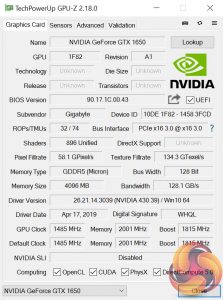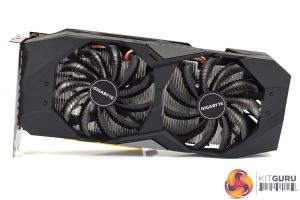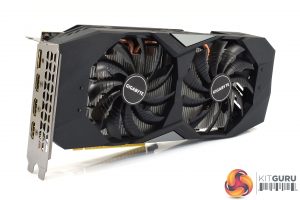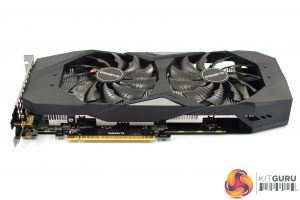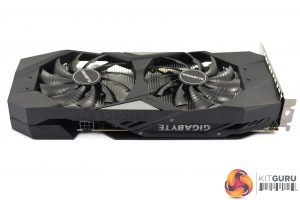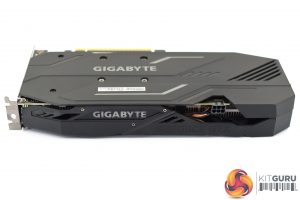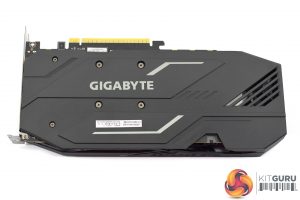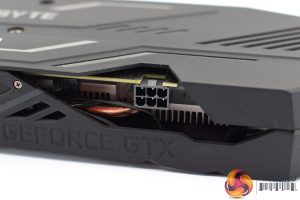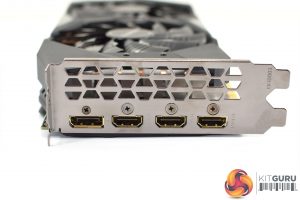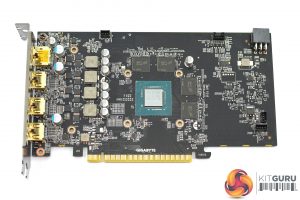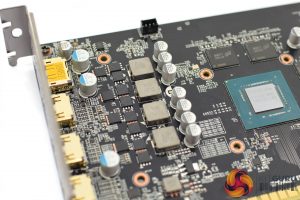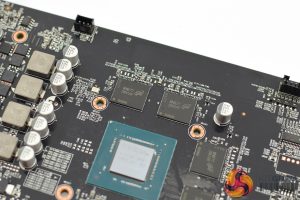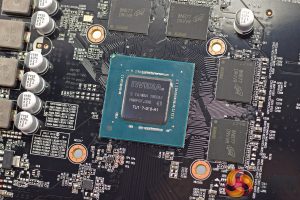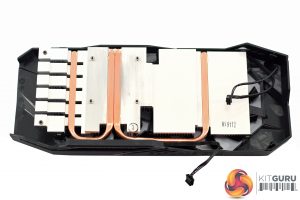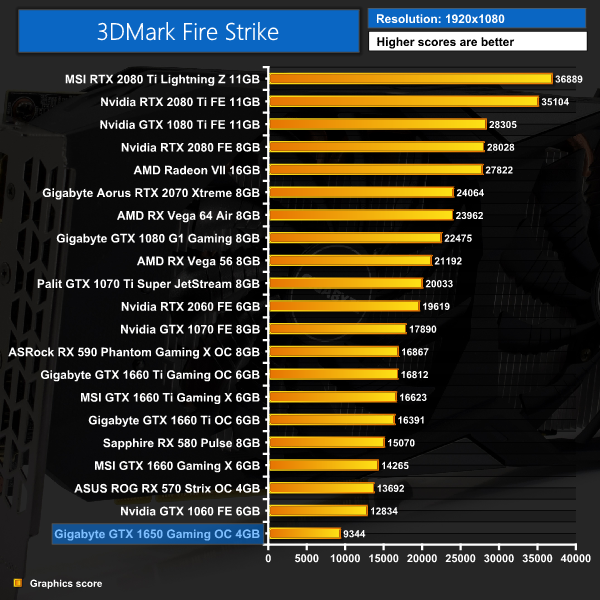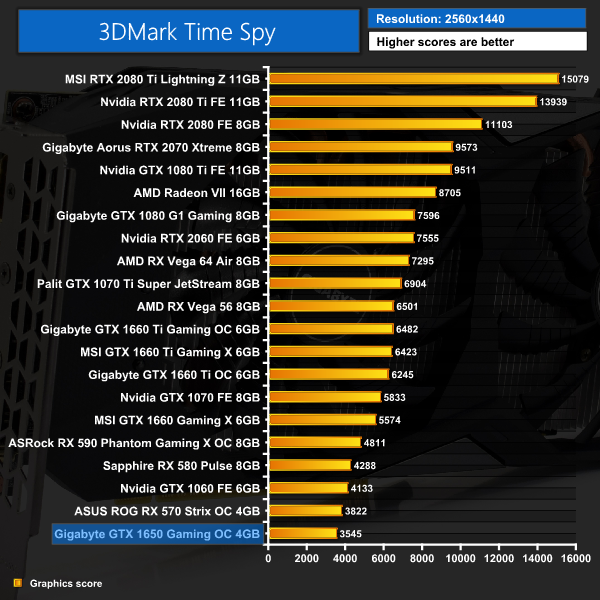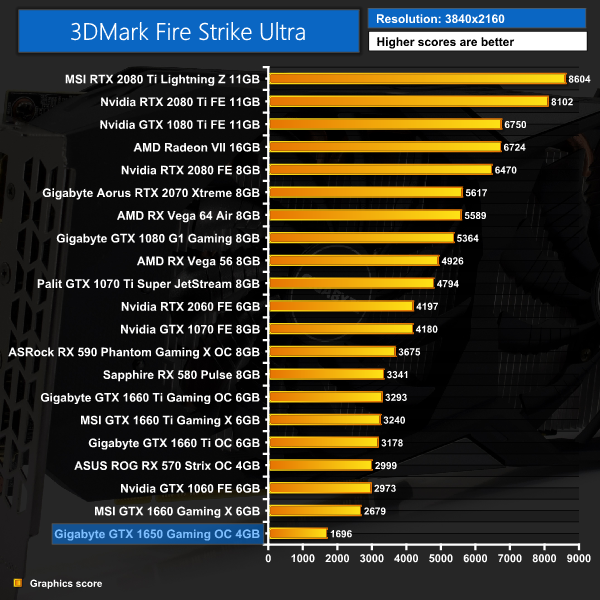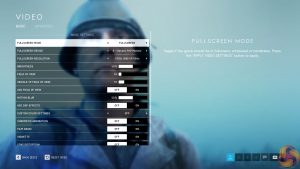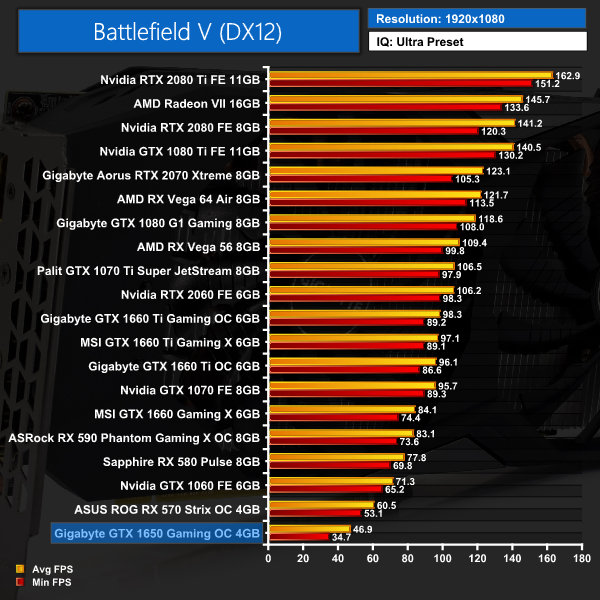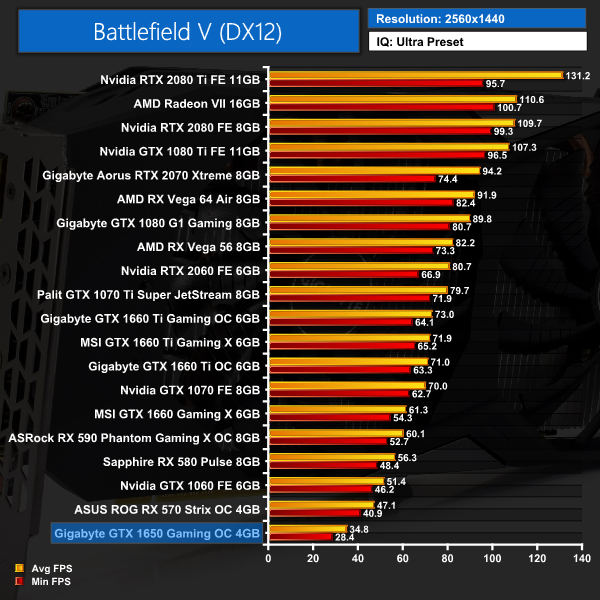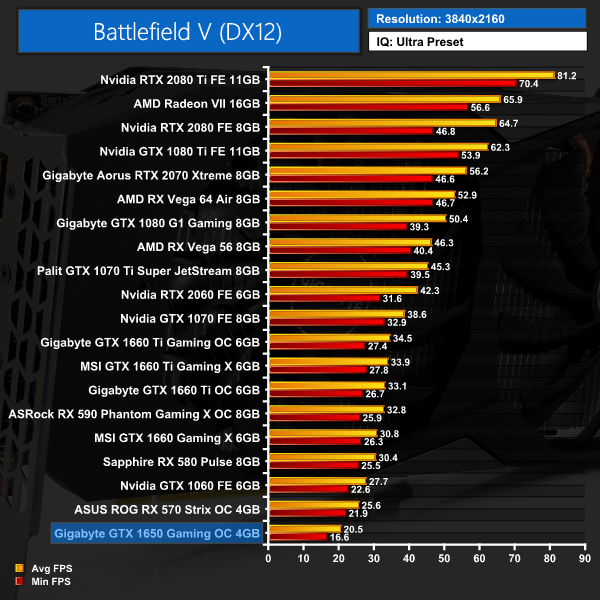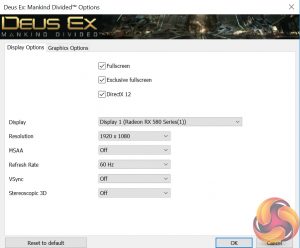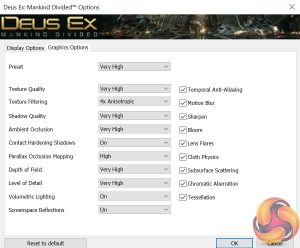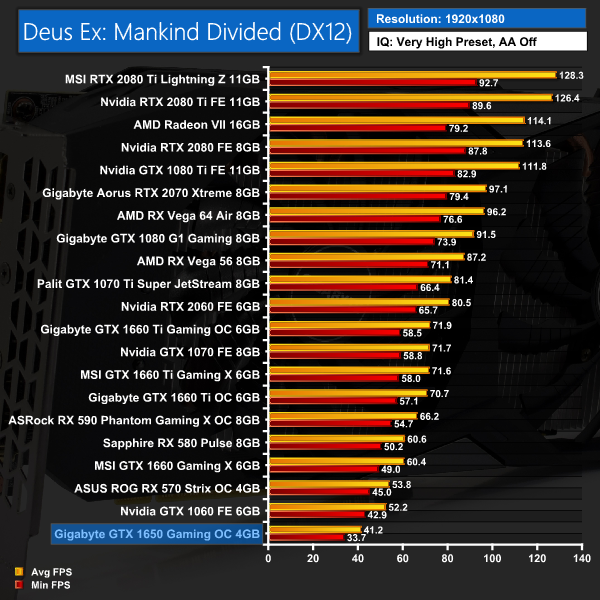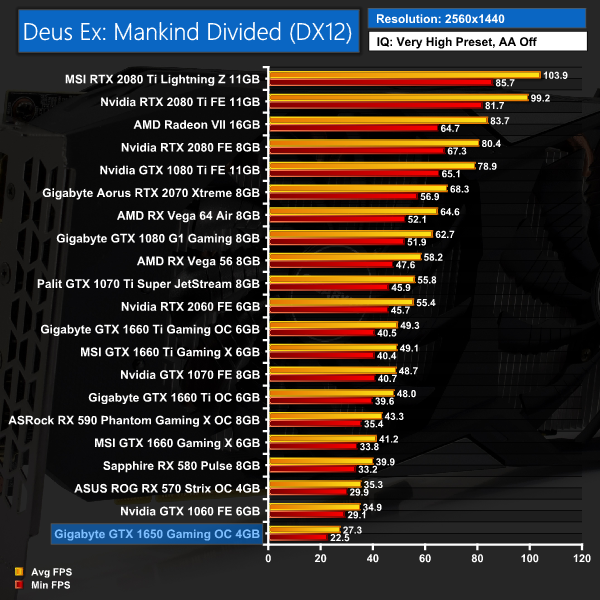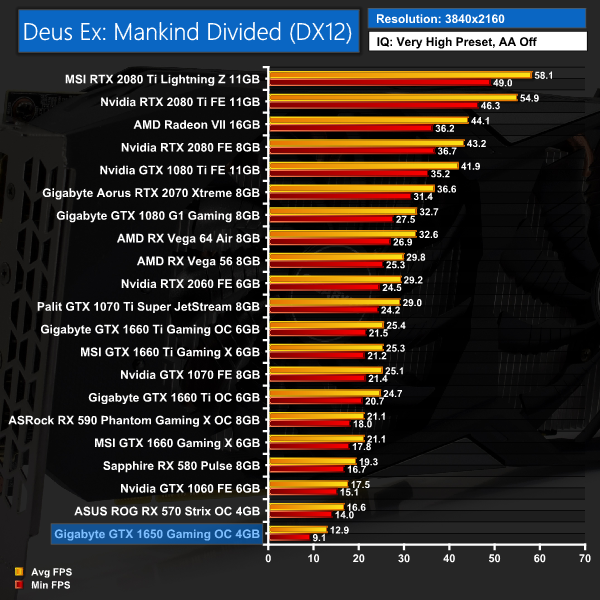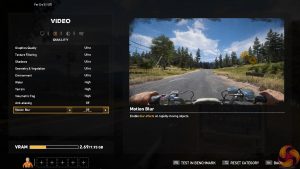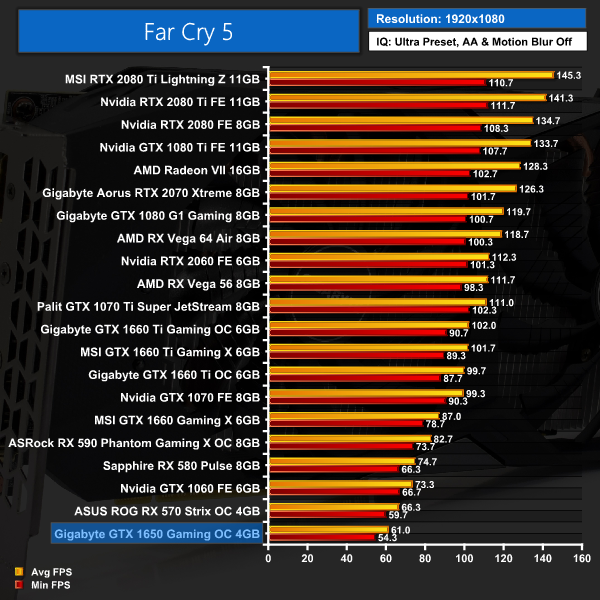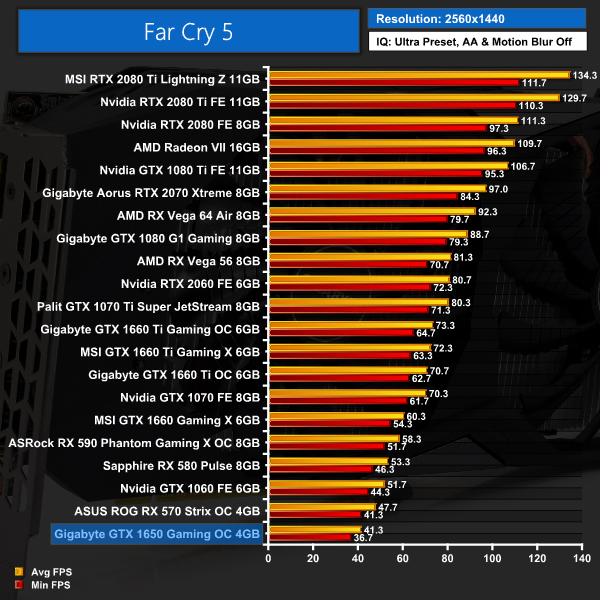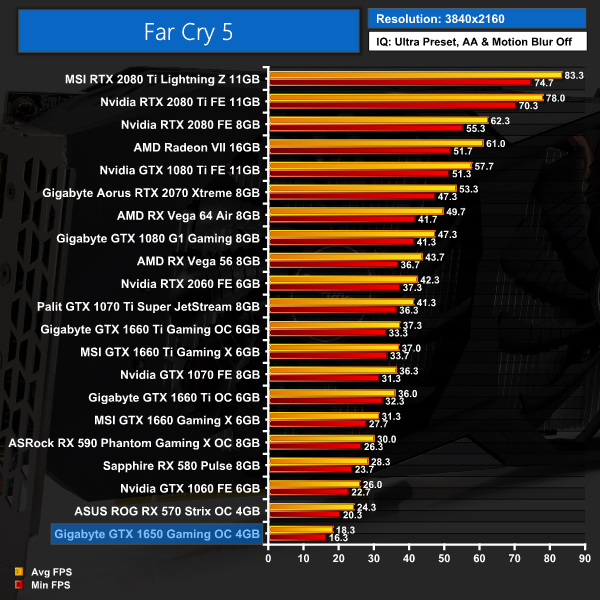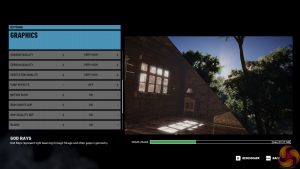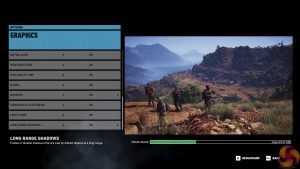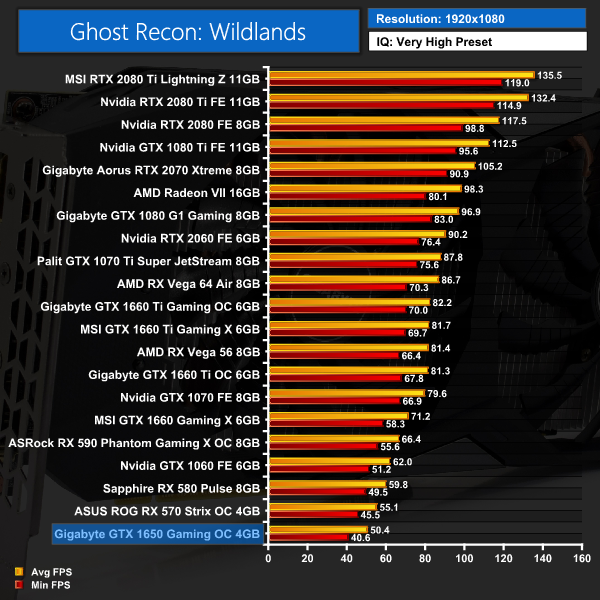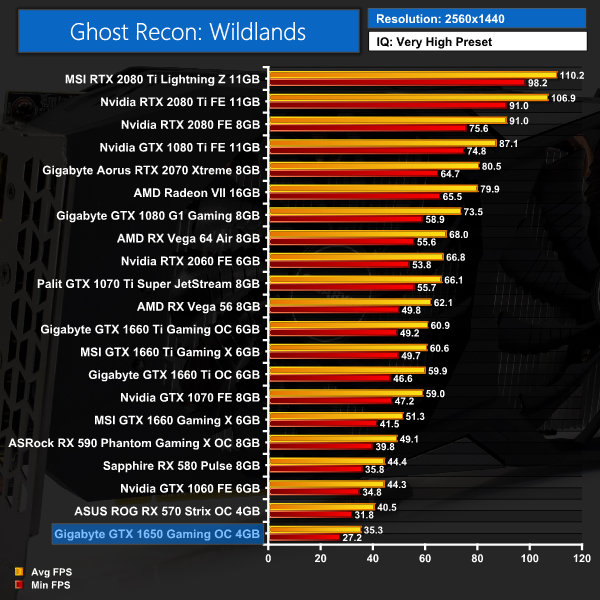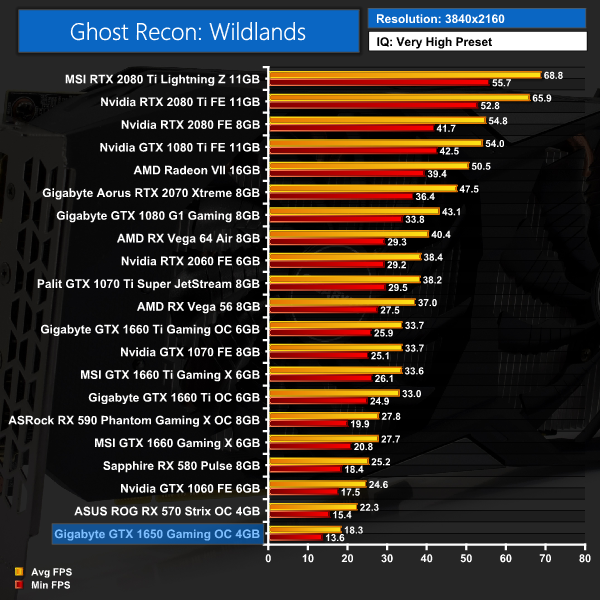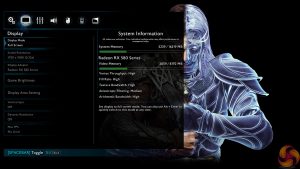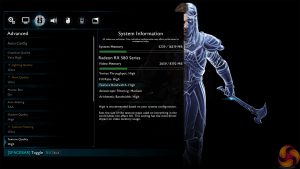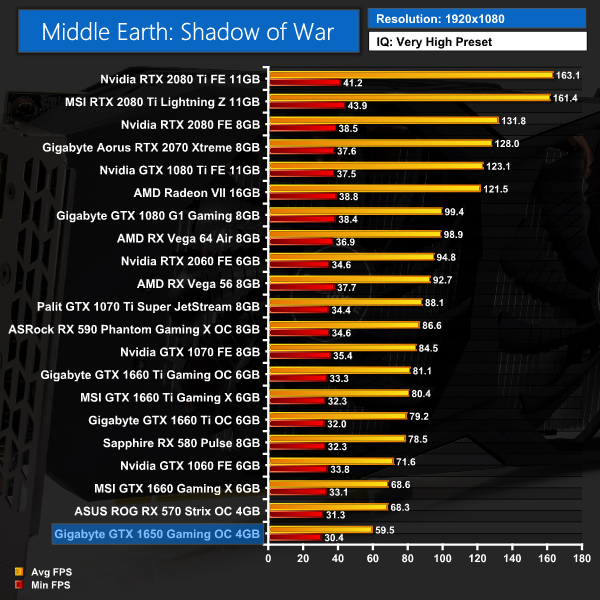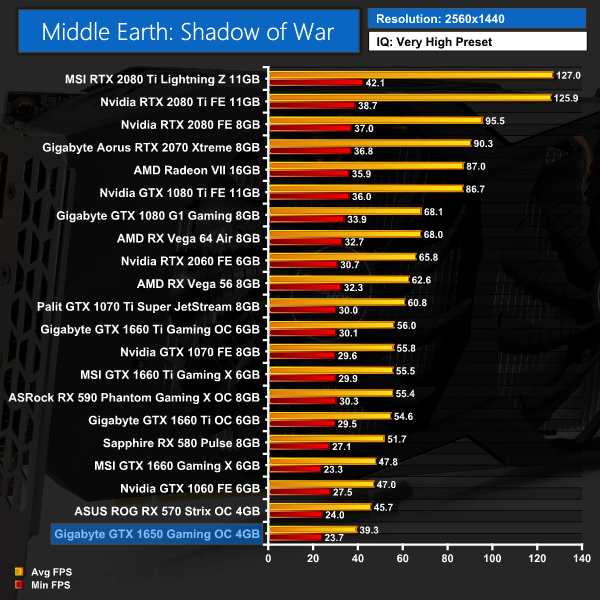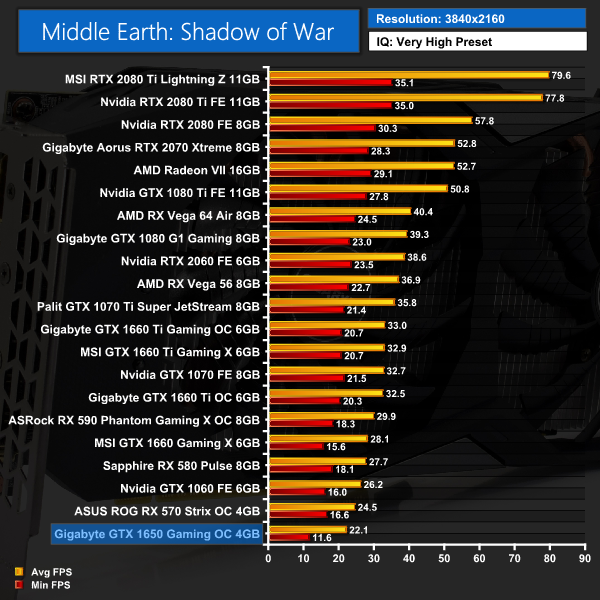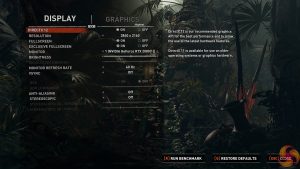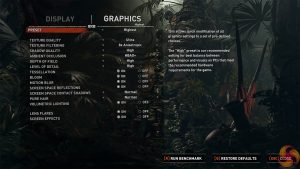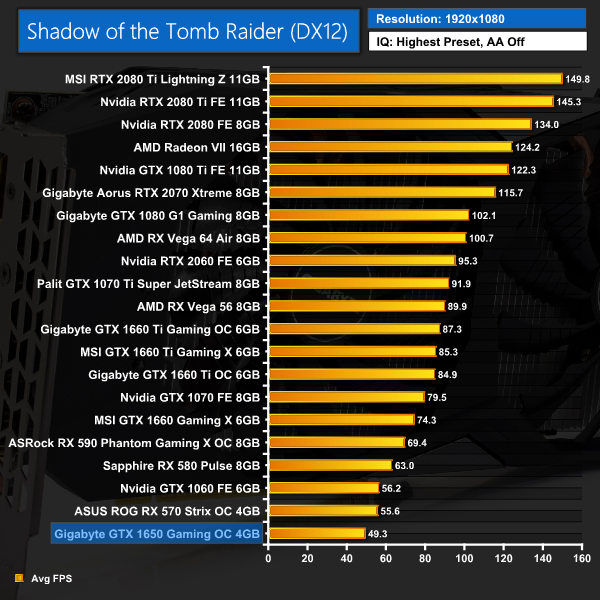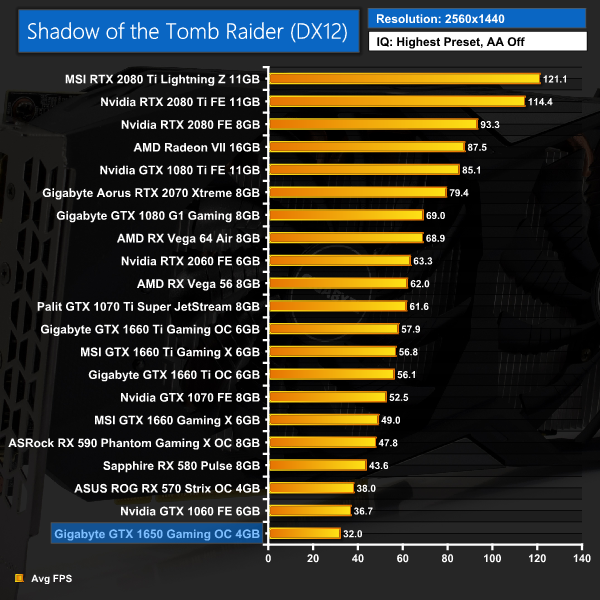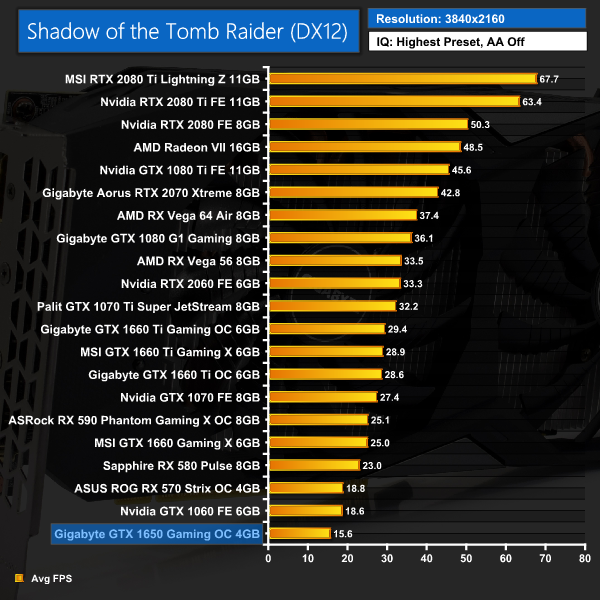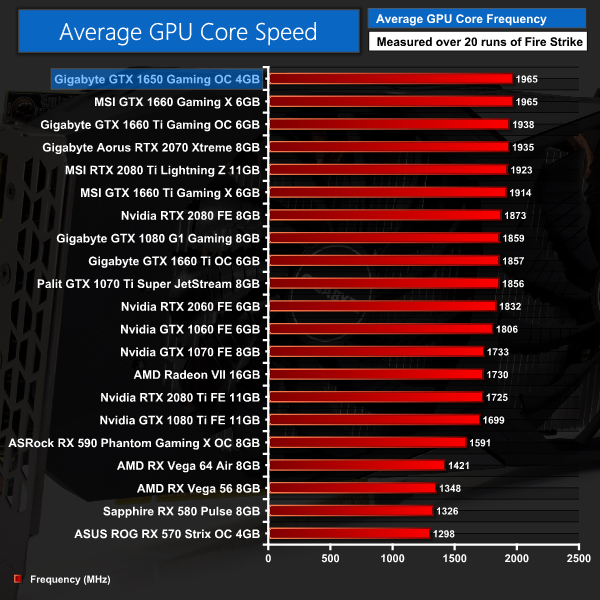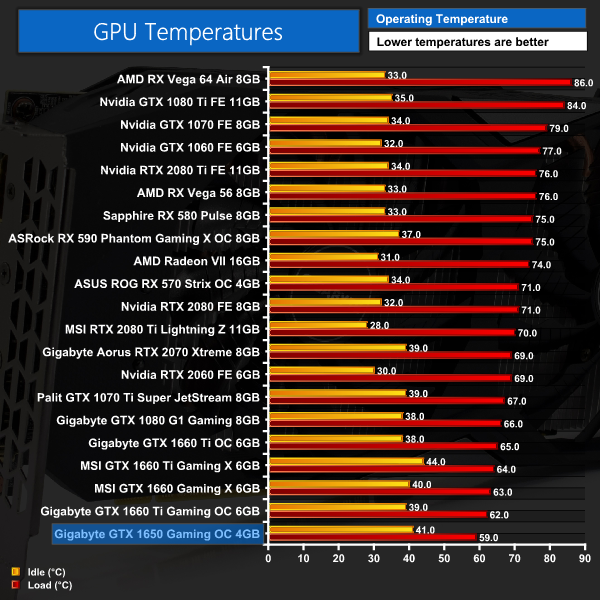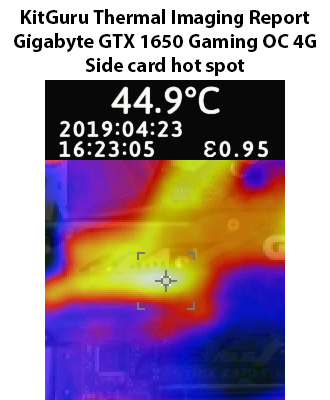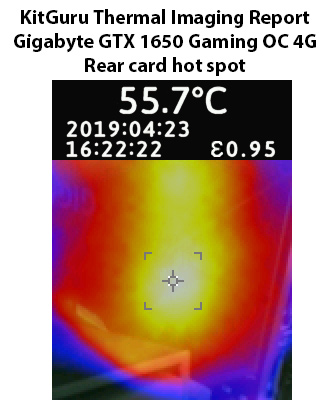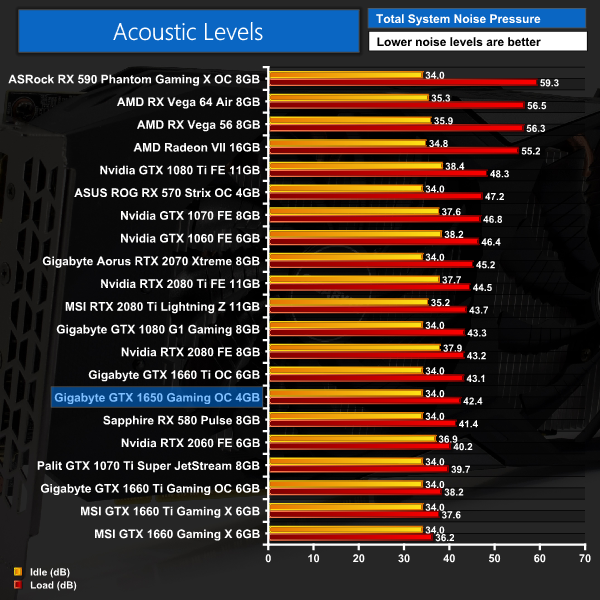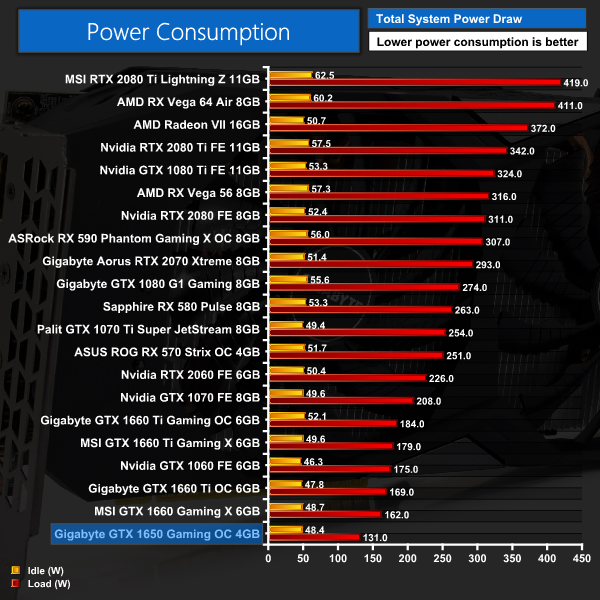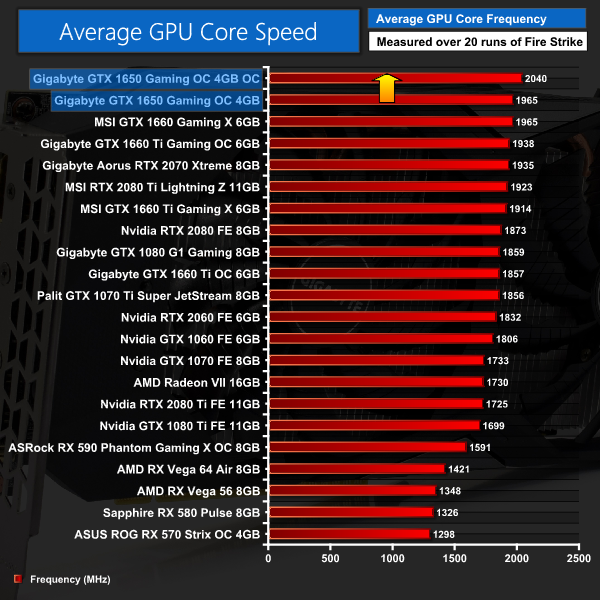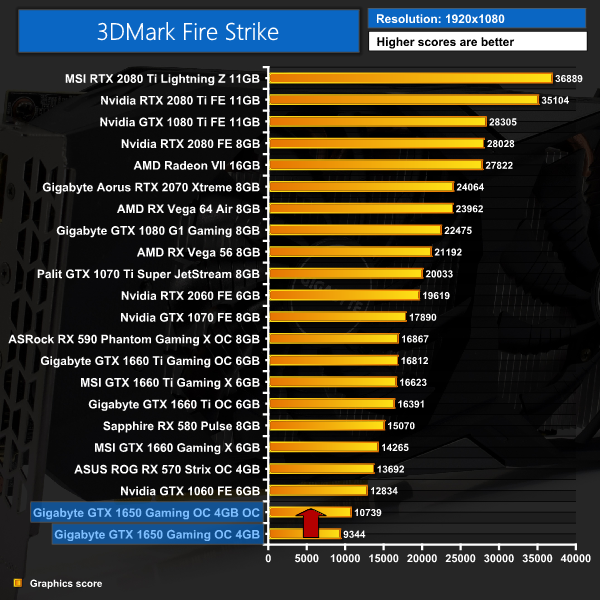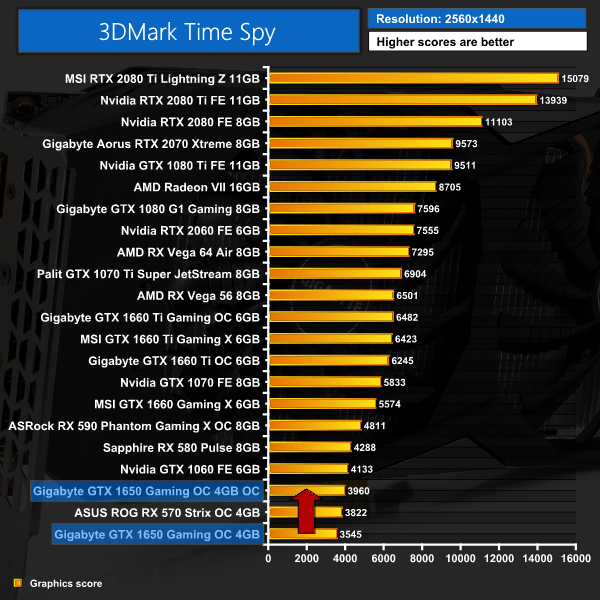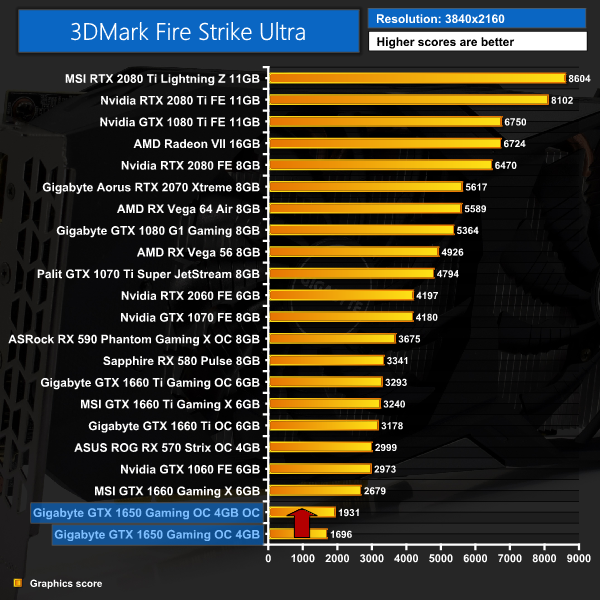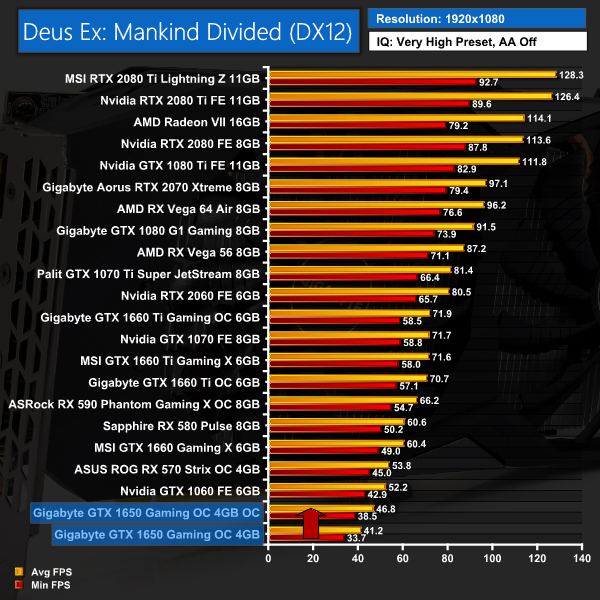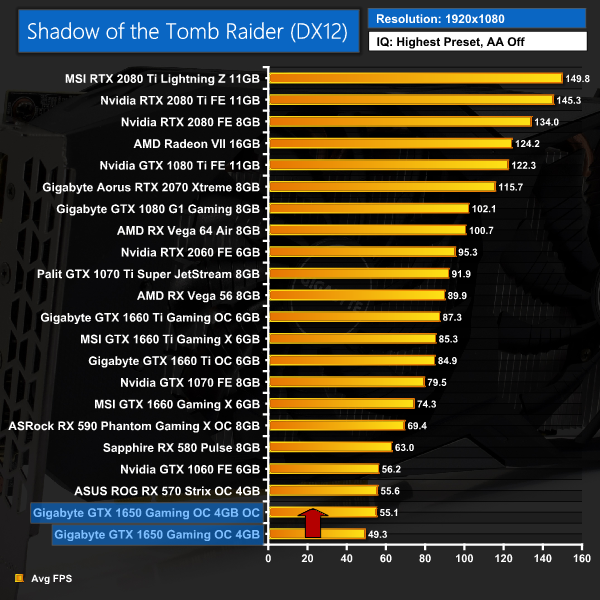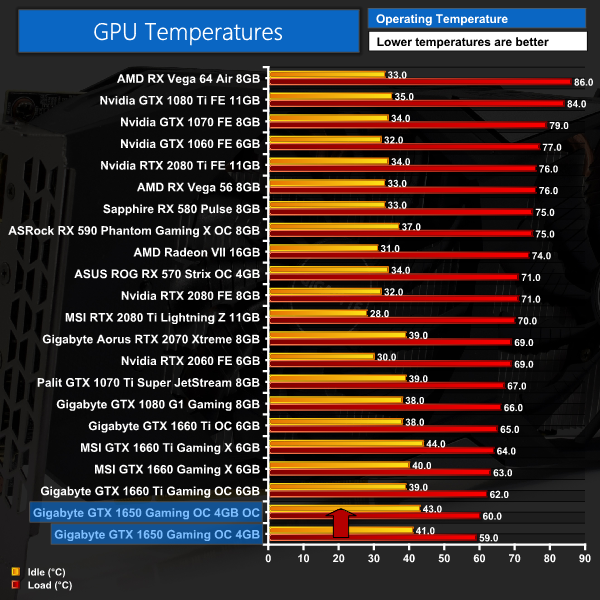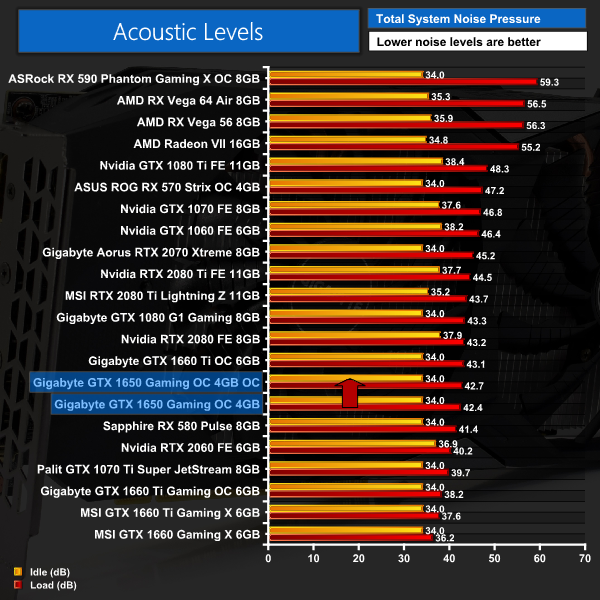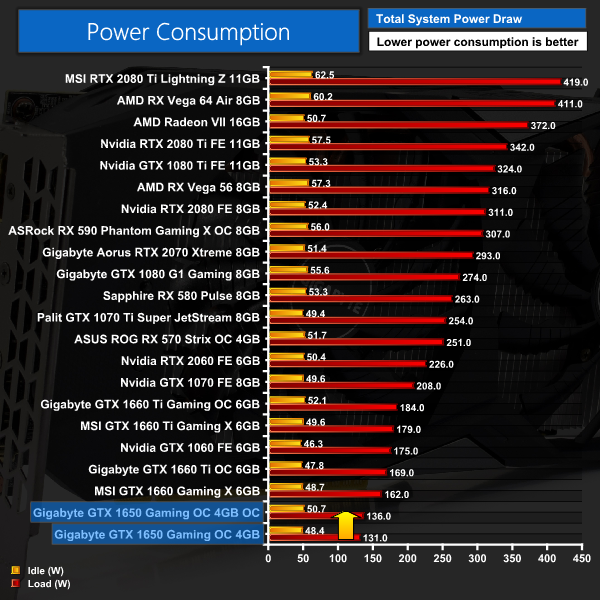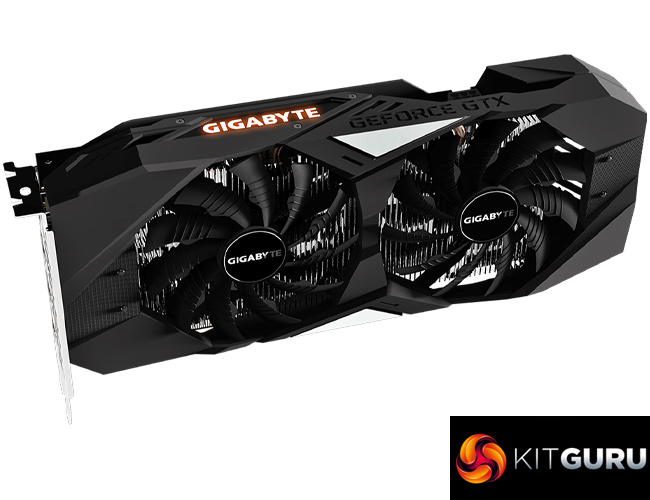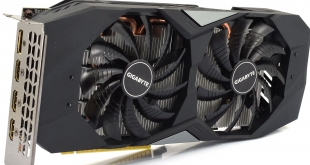
Targeting the 1080p gamer on a budget, Nvidia officially unveiled the GTX 1650 on Tuesday April 23. In an unusual move, though, drivers for the new card were not seeded to press ahead of launch – meaning it has been a frantic couple of days testing this new entry-level GPU. With prices starting at £138, is the GTX 1650 a good buy or are there better options available?
Following on from the GTX 1660 Ti and the GTX 1660, the new GTX 1650 is the third GPU released by Nvidia that is based on the Turing architecture but sports no RTX features. There isn't much to talk about in terms of architectural changes with the new GPU, either, only that it is based on the TU117 die which is just a scaled-down TU116.
The specific card we are looking at today is from Gigabyte, in the form of the GTX 1650 Gaming OC 4G. This is Gigabyte's flagship GTX 1650 card, and accordingly it does sport a price-premium over the £138 MSRP – it will set you back around £160 at the time of writing. Whether or not it can justify that price remains to be seen, particularly as RX 570 partner cards now start at around £125.
| GPU | RTX 2060 (FE) | GTX 1660 Ti | GTX 1660 | GTX 1650 | GTX 1060 |
| SMs | 30 | 24 | 22 | 14 | 10 |
| CUDA Cores | 1920 | 1536 | 1408 | 896 | 1280 |
| Tensor Cores | 240 | N/A | N/A | N/A | N/A |
| Tensor FLOPS | 51.6 | N/A | N/A | N/A | N/A |
| RT Cores | 30 | N/A | N/A | N/A | N/A |
| Texture Units | 120 | 96 | 88 | 56 | 80 |
| ROPs | 48 | 48 | 48 | 32 | 48 |
| Rays Cast | 5 Giga Rays/sec | – | – | – | 0.44 Giga Rays/sec |
| RTX Performance | 37 Trillion RTX-OPS | – | – | – | N/A |
| GPU Boost Clock | 1680 MHz | 1770 MHz | 1785 MHz | 1665 MHz | 1708 MHz |
| Memory Data Rate | 14 Gbps | 12 Gbps | 8 Gbps | 8 Gbps | 8 Gbps |
| Total Video Memory | 6GB GDDR6 | 6GB GDDR6 | 6GB GDDR5 | 4GB GDDR5 | 6GB GDRR5 |
| Memory Interface | 192-bit | 192-bit | 192-bit | 128-bit | 192-bit |
| Memory Bandwidth | 336.1 GB/sec | 288.1 GB/sec | 192.1 GB/sec | 128 GB/sec | 192 GB/sec |
| TDP | 160W | 120W | 120W | 75W | 120W |
As we mentioned, the TU117 GPU that GTX 1650 is based on, is effectively a scaled-down TU116 GPU. That means it uses the same Turing architecture with the same SM design that we have seen with both the GTX 1660 and GTX 1660 Ti. It is worth noting, however, that the desktop TU117 part – with 14 SMs and 896 CUDA cores – is not actually a full implementation of TU117. Instead, TU117 for laptops has an extra two SMs, giving that a total of 1024 CUDA cores.
We are concerned with the desktop part, however, so 896 cores is what we get. Reference spec has the boost clock for GTX 1650 at 1665MHz, though this Gigabyte model ups that considerably with a rated boost clock of 1815MHz. Do note, however, that clock speed will vary significantly card-to-card – some GTX 1650s have no supplemental power connectors and will likely run a little slower, but some require a 6-pin PCIe power connector and should run a little faster.
This card falls into the latter of those two camps, and Gigabyte actually rates this Gaming OC 4G card with a 105W TDP – which is a full 30W more than reference spec. It goes without saying that a slower-clocked card, without the additional 6-pin connector, is going to be drawing less power which explains why the reference specification states a 75W TDP.
Lastly, as for card memory, GTX 1650 is equipped with 4GB GDDR5 memory operating over a 128-bit bus. This gives total memory bandwidth of 128 GB/s. The memory is running at stock speeds on this Gaming OC 4G.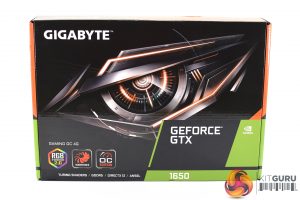
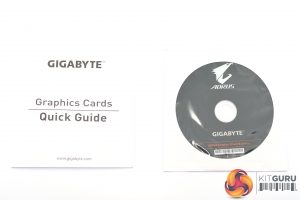
The Gigabyte GTX 1650 Gaming OC 4G ships in a familiar-looking box – if you've seen any of our other Gigabyte graphics card reviews from this generation, you will instantly recognise the robotic eye that dominates the front of the box.
Inside, accessories are kept to a minimum, with just a single quick-start guide and a driver disk included in the box.
The card is what we are here for, though, and it again looks pretty much in line with what we have come to expect from Gigabyte's current generation of graphics cards. It's got a matte black plastic shroud with just a couple of grey accents on the front, but overall it is very colour neutral – though not particularly exciting to look at.
The two fans measure 100mm in diameter , and these use Gigabyte's ‘Alternate Spinning' technology, meaning both fans spin in different directions. Gigabyte says this should reduce air turbulence and thus increase overall airflow pressure. Both fans will also stop spinning when the GPU is not under load.
As for dimensions, the Gaming OC 4G is probably going to be one of the bigger GTX 1650s on the market – I'd expect most to come in a bit shorter as there are a lot of single-fan solutions. It's still not massive, though, with dimensions of 265 x 118 x 40mm. That means this is a standard dual-slot design and is likely to fit in the majority of cases on the market.
The front side of the card is again relatively plain, though there is the addition of RGB lighting to the simple Gigabyte logo on the front – but that is the only RGB zone on the card.
We also find a simple backplate which is made of plastic, meaning it is really just for structural support and improved aesthetics – this won't help with any heat dissipation. Still, any backplate is better than no backplate in my opinion.
We've already mentioned this Gaming OC 4G does ship with an additional 6-pin PCIe power connector, though there will be plenty of other models on the market which can draw all the required power through the PCIe slot, including Gigabyte's own Mini ITX GTX 1650 SKU.
Display outputs aren't anything out of the ordinary, either, with 3x HDMI 2.0b and then 1x DisplayPort 1.4.
Opening up the card only requires the removal of 6 screws and then we get access to the PCB. It's a pretty simple job but given the price-point of GTX 1650 we were never expecting an over-the-top design.
Still, it is worth noting that Gigabyte has opted for a 3+1 power delivery solution, while we also get a look at the 4 GDDR5 memory chips that are supplied by Micron – each chip is labelled ‘8NB77D9VVR'.
The GPU is labelled ‘TU117-300-A1', and remember this is the desktop part with two less SMs/128 less CUDA cores than the mobile GTX 1650.
Looking at the heatsink, this is again a basic unit – but given the GTX 1650's low TDP, high-end coolers are really not necessary. Gigabyte has opted for two 6mm composite copper heatpipes, and these snake through a compact aluminium fin-stack. It certainly doesn't look like much, but considering some of the cooling solutions I have seen for GTX 1660 Ti which worked perfectly well, I have no doubts this cooler will be enough for GTX 1650.Our newest GPU test procedure has been built with the intention of benchmarking high-end graphics cards. We test at 1920×1080 (1080p), 2560×1440 (1440p), and 3840×2160 (4K UHD) resolutions.
We try to test using the DX12 API if titles offer support. This gives us an interpretation into the graphics card performance hierarchy in the present time and the near future, when DX12 becomes more prevalent. After all, graphics cards of this expense may stay in a gamer’s system for a number of product generations/years before being upgraded.
We tested the RX Vega64 and Vega56 using the ‘Turbo‘ power mode in AMD’s WattMan software. This prioritises all-out performance over power efficiency, noise output, and lower thermals.
As mentioned, reference speed for the GTX 1650 is 1665 MHz boost clock, but this Gigabyte model has a rated boost clock of 1815MHz.
Driver Notes
- All AMD graphics cards (except Radeon VII) were benchmarked with the Adrenalin 19.1.1 driver.
- Radeon VII was benchmarked with a pre-released press driver supplied by AMD.
- All Nvidia graphics cards (except GTX 1650, 1660, 1660 Ti) were benchmarked with the Nvidia 417.71 driver.
- GTX 1660 Ti was benchmarked with the Nvidia 418.91 driver supplied to press.
- GTX 1660 was benchmarked with the Nvidia 419.35 driver supplied to press.
- GTX 1650 was benchmarked with the Nvidia 430.39 public driver.
Test System
We test using the Overclockers UK Germanium pre-built system, though it has been re-housed into an open-air test bench. You can read more about it over HERE.
| CPU |
Intel Core i7-8700K
Overclocked to 4.8GHz |
| Motherboard |
ASUS ROG Strix Z370-F Gaming
|
| Memory |
Team Group Dark Hawk RGB
16GB (2x8GB) @ 3200MHz 16-18-18-38 |
| Graphics Card |
Varies
|
| System Drive |
Patriot Wildfire 240GB
|
| Games Drive | Crucial M4 512GB |
| Chassis | Streacom ST-BC1 Bench |
| CPU Cooler |
OCUK TechLabs 240mm AIO
|
| Power Supply |
SuperFlower Leadex II 850W 80Plus Gold
|
| Operating System |
Windows 10 Professional
|
Comparison Graphics Cards List
- MSI RTX 2080 Ti Lightning Z 11GB
- Nvidia RTX 2080 Ti Founders Edition (FE) 11GB
- Nvidia RTX 2080 Founders Edition (FE) 8GB
- Gigabyte Aorus RTX 2070 Xtreme 8GB
- Nvidia RTX 2060 Founders Edition (FE) 6GB
- MSI GTX 1660 Ti Gaming X 6GB
- Gigabyte GTX 1660 Ti OC 6G
- Gigabyte GTX 1660 Ti Gaming OC 6G
- MSI GTX 1660 Gaming X 6GB
- Nvidia GTX 1080 Ti Founders Edition (FE) 11GB
- Gigabyte GTX 1080 G1 Gaming 8GB
- Palit GTX 1070 Ti Super JetStream 8GB
- Nvidia GTX 1070 Founders Edition (FE) 8GB
- Nvidia GTX 1060 Founders Edition (FE) 6GB
- AMD Radeon VII 16GB
- AMD RX Vega 64 Air 8GB
- AMD RX Vega 56 8GB
- ASRock RX 590 Phantom Gaming X OC 8GB
- Sapphire RX 580 Pulse 8GB
- ASUS RX 570 ROG Strix Gaming OC 4GB
Software and Games List
- 3DMark Fire Strike & Fire Strike Ultra (DX11 Synthetic)
- 3DMark Time Spy (DX12 Synthetic)
- Battlefield V (DX12)
- Deus Ex: Mankind Divided (DX12)
- Far Cry 5 (DX11)
- Tom Clancy’s Ghost Recon: Wildlands (DX11)
- Middle Earth: Shadow of War (DX11)
- Shadow of the Tomb Raider (DX12)
We run each benchmark/game three times, and present averages in our graphs.3DMark Fire Strike is a showcase DirectX 11 benchmark designed for today’s high-performance gaming PCs. It is our [FutureMark’s] most ambitious and technical benchmark ever, featuring real-time graphics rendered with detail and complexity far beyond what is found in other benchmarks and games today.
It's not the greatest start for the GTX 1650, with its results planted firmly at the bottom of our 3DMark charts. It does come closer in the DX12 Time Spy benchmark, with just a 300 point gap between itself and the RX 570, but in both Fire Strike and Fire Strike Ultra the gap is significantly wider.Battlefield V is a first-person shooter video game developed by EA DICE and published by Electronic Arts. Battlefield V is the sixteenth instalment in the Battlefield series. It was released worldwide for Microsoft Windows, PlayStation 4, and Xbox One on November 20, 2018. (Wikipedia).
We test using the Ultra preset with the DX12 API.
GTX 1650 also struggles – relatively speaking – in Battlefield V. It averages just under 50FPS at 1080p, but that is still a fair distance behind the RX 570 and even further behind the GTX 1060 6GB. 1440p frame rates drop as low as 28FPS, too, so it's definitely not going to cut it at the higher resolution.Deus Ex: Mankind Divided is set in the year 2029, two years after the events of Human Revolution and the “Aug Incident”—an event in which mechanically augmented humans became uncontrollable and lethally violent. Unbeknownst to the public, the affected augmented received implanted technology designed to control them by the shadowy Illuminati, which is abused by a rogue member of the group to discredit augmentations completely. (Wikipedia).
We test using the Very High preset, with MSAA disabled. We use the DirectX 12 API.
Things don't really pick up in Deus Ex: Mankind Divided, either. The GTX 1650 averaged just over 40FPS at 1080p – putting it 12-13FPS slower than both GTX 1060 and RX 570. It's 1440p results aren't playable, either, with minimums of 22.5FPS.Far Cry 5 is an action-adventure first-person shooter game developed by Ubisoft Montreal and Ubisoft Toronto and published by Ubisoft for Microsoft Windows, PlayStation 4 and Xbox One. It is the eleventh entry and the fifth main title in the Far Cry series, and was released on March 27, 2018.
The game takes place in the fictional Hope County, Montana, where charismatic preacher Joseph Seed and his cult Project at Eden’s Gate holds a dictatorial rule over the area. The story follows an unnamed junior deputy sheriff, who becomes trapped in Hope County and works alongside factions of a resistance to liberate the county from Eden’s Gate. (Wikipedia).
We test using the Ultra preset, with AA and motion blur disabled.
At last things to begin to look a bit better when playing Far Cry 5. Here the GTX 1650 averages over 60FPS at 1080p, which is about 5FPS slower than the RX 570 – but it is still a decent result. At 1440p we saw minimums of 36FPS which isn't too smooth, but you could just about get away with it.Tom Clancy’s Ghost Recon Wildlands is a tactical shooter video game developed by Ubisoft Paris and published by Ubisoft. It was released worldwide on March 7, 2017, for Microsoft Windows, PlayStation 4 and Xbox One, as the tenth instalment in the Tom Clancy’s Ghost Recon franchise and is the first game in the Ghost Recon series to feature an open world environment. (Wikipedia).
We test using the Very High preset.
Ghost Recon: Wildlands is another slightly more positive showcase for GTX 1650. Here it manages to average just over 50FPS at 1080p, though RX 570 is again ahead by 5FPS. At 1440p, however, minimum frame rates drop down to 27FPS so you're really limited to playing at 1080p if you don't want to lower the image quality settings.Middle-earth: Shadow of War is an action role-playing video game developed by Monolith Productions and published by Warner Bros. Interactive Entertainment. It is the sequel to 2014’s Middle-earth: Shadow of Mordor, and was released worldwide for Microsoft Windows, PlayStation 4, and Xbox One on October 10, 2017. (Wikipedia).
We test using the Very High preset.
Things don't look so good with Middle Earth: Shadow of War. The GTX 1650 does average almost 60FPS at 1080p, but this is again about 8FPS behind both RX 570 and GTX 1060. 1440p gaming also suffers from minimum frame rates that drop down into the 23FPS region.Shadow of the Tomb Raider is an action-adventure video game developed by Eidos Montréal in conjunction with Crystal Dynamics and published by Square Enix. It continues the narrative from the 2013 game Tomb Raider and its sequel Rise of the Tomb Raider, and is the twelfth mainline entry in the Tomb Raider series. The game released worldwide on 14 September 2018 for Microsoft Windows, PlayStation 4 and Xbox One. (Wikipedia).
We test using the Highest preset, with AA disabled. We test using the DX12 API.
Rounding out our games testing, Shadow of the Tomb Raider doesn't deviate from the trend we have observed so far – GTX 1650 comes in bottom of the pile, around 6FPS slower than the RX 570 when gaming at 1080p. With an average frame rate of 32FPS, gaming at 1440p is also a pretty choppy experience.Here we present the average clock speed for each graphics card while running the 3DMark Fire Strike Ultra stress test 20 times. We use GPU-Z to record the GPU core frequency during the Fire Strike Ultra runs. We calculate the average core frequency during the entire 20-run test to present here.
To Gigabyte's credit, the Gaming OC 4G does boost well beyond its rated boost clock of 1815MHz – instead averaging 1965MHz. We've not yet tested any other GTX 1650 models, but it is likely this will be one of the fastest out-of-the-box clock speeds we will see. Remember though, not all GTX 1650 are created equal – cards that adhere to the 75W TDP will likely run a bit slower, when this model has an additional 6-pin power connector with a TDP of 105W.For our temperature testing, we measure the peak GPU core temperature under load, as well as the GPU temperature with the card idling on the desktop. A reading under load comes from running the 3DMark Fire Strike Ultra stress test 20 times. An idle reading comes after leaving the system on the Windows desktop for 30 minutes.
Well then. We remarked at the beginning of this review that the Gaming OC 4G has a pretty basic cooler – but with a peak GPU temperature of just 59C it is clearly more than good enough for this GTX 1650. Again, we will have to wait to compare this to other GTX 1650 partner cards, but that result really does speak for itself.
Before you go too wild about the thermal gun results shown above, remember the backplate and the shroud of the card are both made from plastic – meaning there is very little thermal transfer between the PCB itself and the plastic surround. Still, there's nothing to worry about based on the temperatures shown above – this cooler is very capable of taming GTX 1650.We take our noise measurements with the sound meter positioned 1 foot from the graphics card. I measured the sound floor to be 34 dBA, thus anything above this level can be attributed to the graphics cards. The power supply is passive for the entire power output range we tested all graphics cards in, while all CPU and system fans were disabled.
A reading under load comes from running the 3DMark Fire Strike Ultra stress test 20 times. An idle reading comes after leaving the system on the Windows desktop for 30 minutes.
What the temperature charts don't tell you, however, is how loud the card is running to achieve its low peak temperature of 59C. Now, to be clear, the 42dB of noise produced by this card is still a good result – it is still audible, but it is far from the loudest card I've heard.
The way I see it, though, there is just no need for the Gaming OC 4G's two fans to spin as fast as they do. Under load, fan speed actually ramped up to 77% – or 1725RPM. Considering the GPU is not even reaching 60C, I definitely feel the default fan curve could do with some tweaking. Anything under 70C is going to be an impressive temperature, and if the card could achieve that while audibly reducing its fan speed, that would make for a better balance. At the moment, the fans are spinning pretty fast when I don't think they really need to.We measure system-wide power draw from the wall while the card is sat idling at the Windows 10 desktop for 30 minutes. A reading under load comes from running the 3DMark Fire Strike Ultra stress test 20 times.
As expected, the GTX 1650 draws the least power of any graphics card on the above chart, with a peak reading of 131W. Again, we can expect lower power draw from other GTX 1650 than don't have a supplemental power connector, but even so this is still a top result.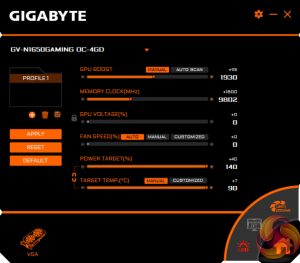
For overclocking, we used Gigabyte’s Aorus Master utility. We managed an extra +115MHz to the GPU core and +900MHz (1800MHz effective) to the memory.
Average clock speed under load
This overclock brought the card's average frequency up to 2040MHz – a real-world increase of 75MHz.
3DMark and games testing
That extra frequency did produce some decent gains for the GTX 1650 – our Fire Strike score rose by almost 15%, for example. That being said, in games it still wasn't enough to overtake the RX 570. It got a lot closer, sure, but the RX 570 remains the faster card.Here, we take a further look at the impact of our overclock, looking at the increased temperatures, acoustics and power draw.
Temperatures
Acoustics
Power consumption
Overview
To Gigabyte's credit, the extra frequency barely affected the Gaming OC 4G. Temperatures rose by just 1C, and noise levels were essentially unchanged from the stock result. Power did also rise very slightly, but an extra 5W is really not going to bother anyone.With GTX 1650 officially unveiled on Tuesday 23 April, today our review has focused on Gigabyte's GTX 1650 Gaming OC 4G model. This is the company's most expensive GTX 1650 card, with pricing currently around £160 depending on where you look.
Taken on its own, this is a technically proficient card. Its cooler kept the GPU core below 60C at all times – a top result – and noise levels were also kept in check. I do think the fan curve could be a bit more sophisticated, though, to give a better balance of temperature vs noise, but overall the cooler does a good job.
Gigabyte has also taken the decision to beef up this card's power delivery, as this 1650 sports an extra 6-pin PCIe power connector. Many cards won't have an extra connector and will keep to a 75W TDP, but this card is more power-hungry with its 105W TDP. The benefit to that, though, is the higher out-of-the-box clock speeds, with the Gaming OC 4G averaging 1965MHz under load.
Unfortunately, even that is not enough to make GTX 1650 competitive. Simply put, it is slower than the RX 570 across every single test that we ran – coming in on average 14% slower across the board. Compared to its GTX 1660 sibling it is on average 30% slower, while it is also 20% slower than GTX 1060 6GB.
Considering GTX 1650 cards start at £138, Nvidia's pricing has effectively rendered this family obsolete from the get-go. That's because RX 570 4GB cards can now be found for £125 – and that's overclocked, dual-fan models. So GTX 1650 is both slower and more expensive than many RX 570 solutions you can go out and buy today.
That really does sum it up in a nutshell, and for me I just cannot see a reason why you would buy the 1650. Yes, it does draw significantly less power than the RX 570, but that is really not enough to make it worthwhile. If it were priced around the £100 mark then it might begin to make sense as you'd pay a bit less than the RX 570 and get less performance as a result.
As things stand, however, gamers looking for a graphics card in this market segment are still best served by AMD's RX 570.
We found the Gigabyte GTX 1650 Gaming OC 4G for sale on Amazon UK for £157.99 HERE.
Pros
- Runs very cool.
- High clock speed out-of-the-box.
- Low power draw.
- Colour-neutral design.
Cons
- Is both slower and more expensive than RX 570 4GB.
- Fan curve could be better balanced.
KitGuru says: GTX 1650 needs a pretty significant price cut to become competitive. At the moment, I can't see why you would buy it over AMD's faster and cheaper RX 570 4GB.
 KitGuru KitGuru.net – Tech News | Hardware News | Hardware Reviews | IOS | Mobile | Gaming | Graphics Cards
KitGuru KitGuru.net – Tech News | Hardware News | Hardware Reviews | IOS | Mobile | Gaming | Graphics Cards


